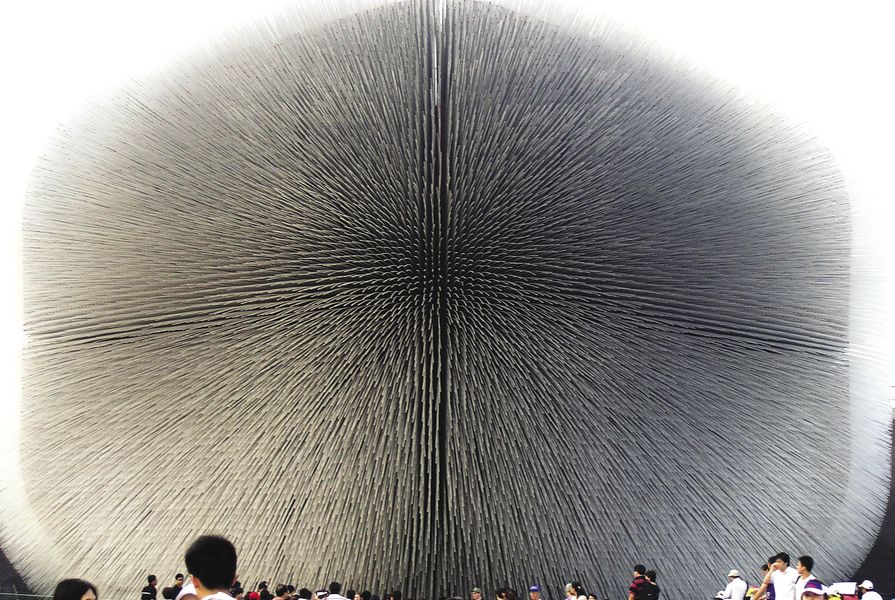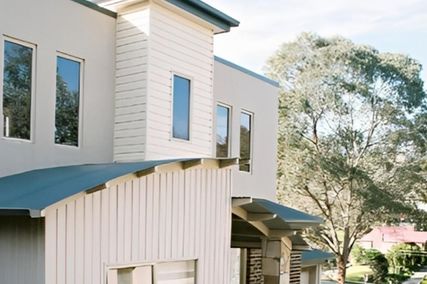The World Expo or World’s Fair is a biennial event first held at the Crystal Palace, London in 1851. The 2010 World Expo, the biggest ever, was hosted by Shanghai. China has a population of over one billion and Shanghai has over twenty-three million inhabitants. When Brisbane held the World Expo back in 1988, the world population was an estimated five billion; by 2011 this was set to reach seven billion.
With the 2010 theme, Better City, Better Life, the World Expo focused on issues of the city for the first time. It combined exhibitions, events and forums to “discuss the development of cities, offer visions for the future and promote understanding between nations and between cultures.” It featured national pavilions, pavilions of international organizations and corporate pavilions to represent over 242 countries and international organizations from Afghanistan to Zimbabwe, from the African Union Commission to the World Wildlife Fund for Nature.1
Having visited the 2005 World Expo in Aichi, Japan, I was keen to attend the Shanghai expo. The early-summer days on which we visited were hot and humid and saw crowds in excess of 380,000 people attend the expo. While the Aichi expo took place in rolling hills just outside Tokyo, the Shanghai expo was firmly embedded in the city. The scale of the expo was quite phenomenal.
For many years, the main attraction at the expo has been the national pavilions and, as in Aichi, people queued for hours to get inside. The Denmark pavilion, named Welfairytales and designed by Bjarke Ingels Group (BIG), was an open, looped bicycle and walking track. A temporary home to Denmark’s national symbol, The Little Mermaid statue designed by Edvard Eriksen, it housed a bathing pool filled with seawater shipped from Copenhagen’s harbour and emphasized the role of the bicycle in Denmark and its former role in China, where the car “has become a symbol of wealth.” BIG’s ambition was to “relaunch the bike in Shanghai as a symbol of modern lifestyle and sustainable urban development.”2
The beautiful facade of the Spain pavilion, From the City of Our Parents to the City of Our Children, designed by Enric Miralles – Benedetta Tagliabue (EMBT), was inspired by Spanish wicker baskets. It comprised 8,524 hand-woven wicker boards, which formed ancient Chinese characters made of different coloured “eco-friendly traditional, exterior materials” and when pieced together constructed a Chinese poem.3
By contrast, the Republic of Korea (hosts of the 2012 Expo) pavilion, Friendly City, Colourful Life, designed by Mass Studies, was a large and vibrant structure. Decorated with Hangul and art pixels, it comprised a ground floor open space without doors, intended to deliver a message of “communication and integration.”4
The UK pavilion, Building on the Past, Shaping Our Future, designed by Heatherwick Studio, “looked at the role of nature … in meet[ing] the social, economic, and environmental challenges of our cities.” The centrepiece of the pavilion was a “dandelion-shaped seed cathedral” and stepping inside was breathtaking, the scale extraordinary. It is one of the most beautiful built works I have seen. A less monumental pavilion, with a large geometric ground plane and relatively small building envelope, it comprised 60,000 crystalline spines, tipped with tiny lights that drew light in during the day, glowed at night and contained seeds from Kew’s Millennium Seed Bank Collection.5
In the south-west corner of the expo site was Houtan Park, designed by China’s most renowned landscape architect, Kongjian Yu from Turenscape. Walking through and along this beautiful, layered landscape we encountered very few people, which was in stark contrast to the hundreds of thousands of visitors less than one hundred metres away. The expo was developed on a brownfield site, and the waterfront regenerated through a constructed wetland, providing ecological flood control and combining reclaimed industrial structures and materials and urban agriculture.6
It has been estimated that the Shanghai Expo, including the urban transport system, will have cost tens of billions of Chinese yuan. Rules set by the Bureau of International Expositions (BIE) determine that the majority of the expo structures must be dismantled or moved at the end of the event. There are, of course, some memorable exceptions, including the Crystal Palace and the Eiffel Tower, as well as enduring local examples including the World Heritage-listed Royal Exhibition Building in Melbourne (1880) and the Skyneedle built for the Brisbane Expo (1988). It is anticipated that a new city centre will be constructed on the five-square-kilometre Shanghai expo site and that only the China Pavilion, Theme Pavilion, Cultural Centre, Expo Centre and the Expo Boulevard will be left as permanent landmarks.7
Visiting Shanghai during the expo, we witnessed a transforming mega city hosting a mega event, a phenomenon that, like every expo before it, is a product of its time. How successful the expo was in addressing the theme Better City, Better Life may, over time, be much harder to gauge.
1. China Publishing Group, Expo 2010 Shanghai China Official Album (2010), 1.
2. ibid., 182.
3. ibid., 236.
4. ibid., 62.
5. ibid., 242.
6. ibid., 302.
7. Qian Yanfeng, “Date with demolition,” China Daily US Edition website, 4 August 2010, http://usa. chinadaily.com.cn/2010-08/04/content_11092684.htm (accessed 27 January 2012).
Source

Discussion
Published online: 2 Feb 2012
Words:
Claire Martin
Issue
Landscape Architecture Australia, February 2011
















